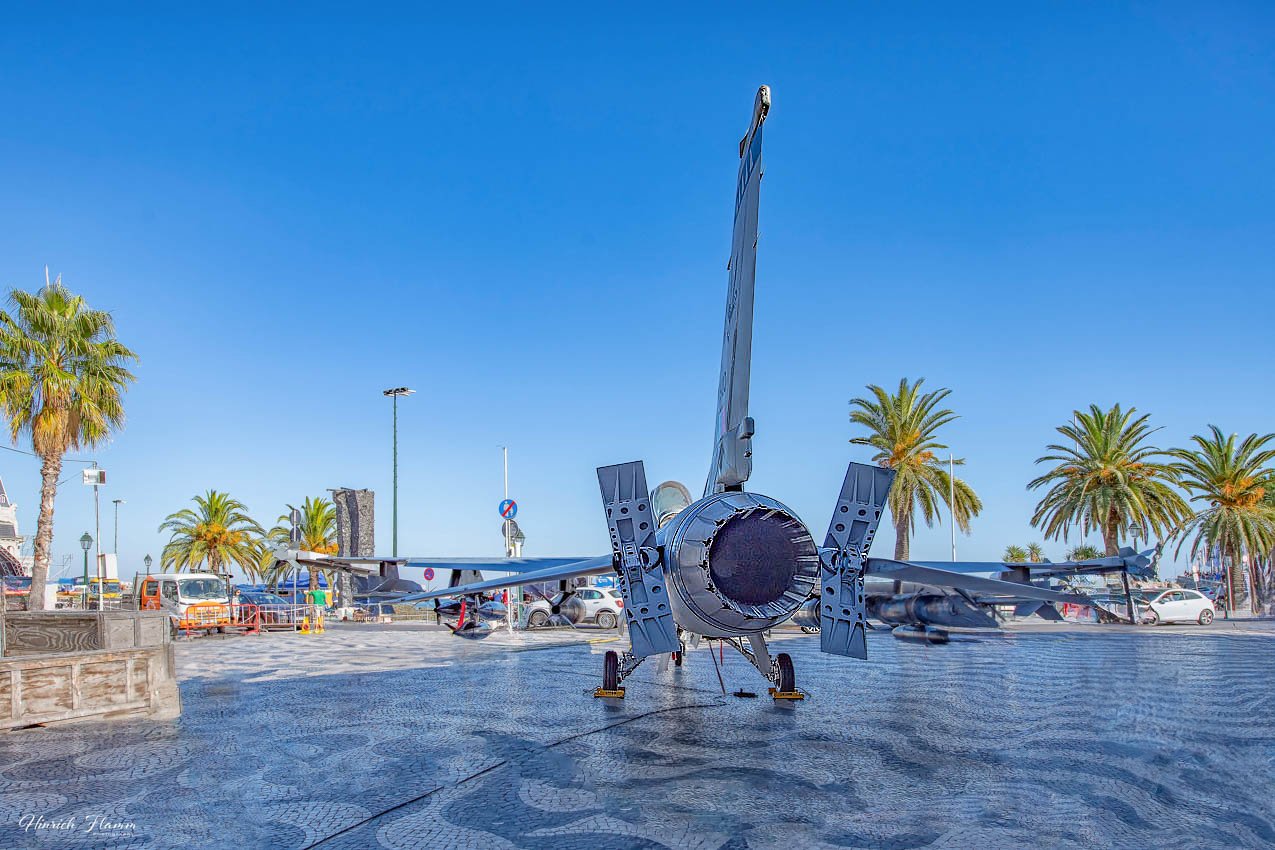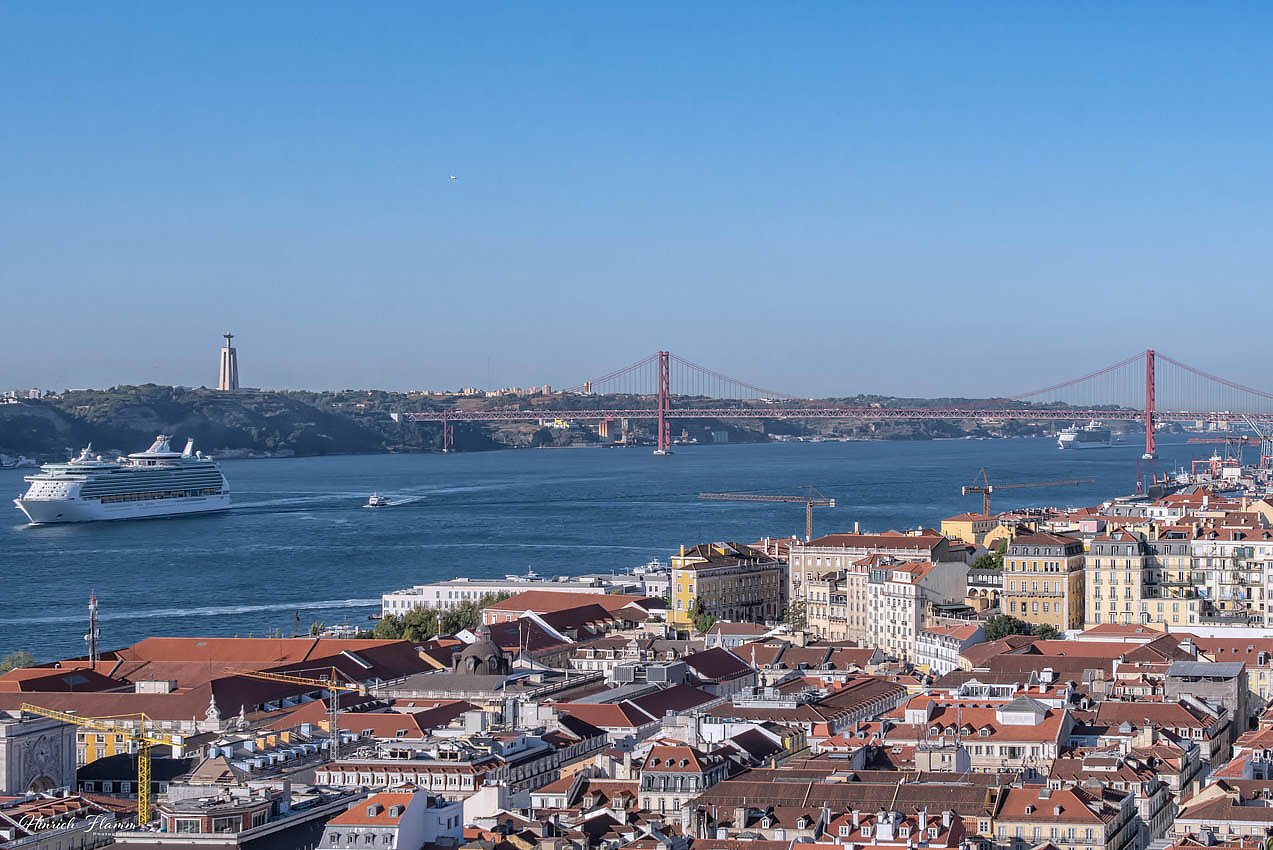Portugal - Lisbon
the political, economic, and cultural heart of the country, housing the government, major institutions, and a vibrant arts scene. One of the world's oldest cities, predating London and Paris, Lisbon played a central role in the Age of Exploration, serving as a base for maritime expeditions that shaped global history. With its rich traditions like Fado music, historic architecture, and iconic Portuguese tiles (azulejos), Lisbon reflects a blend of heritage and modernity. It has a unique and diverse topography that shapes its character and beauty. Built on seven hills it lies along the banks of the wide Tagus River which flows into the Atlantic Ocean, creating a natural harbor and a historically important port and is close to the Atlantic Ocean, with beaches and coastal areas like Cascais and Costa da Caparica within easy reach. Lisbon’s mix of hills, riverbanks, and flat areas creates a dynamic landscape that combines natural beauty with architectural harmony.
We did spend some time at the Maritime Museum (Museu de Marinha) in Lisbon's Belém district with a comprehensive exploration of Portugal's rich seafaring heritage which you find reflected hereafter. Established in 1863 by King Luís I, an avid mariner, the museum's extensive collection spans from the Age of Discoveries to contemporary naval endeavors.
Besides Lisbon we visited the Monserrate Palace, a stunning 19th-century palace located in Sintra, Portugal. It is an extraordinary example of Romantic architecture, combining Moorish, Gothic, and Indian influences. The palace is surrounded by lush, exotic gardens filled with plants from around the world, reflecting the interests of its original owner.




































































































































































